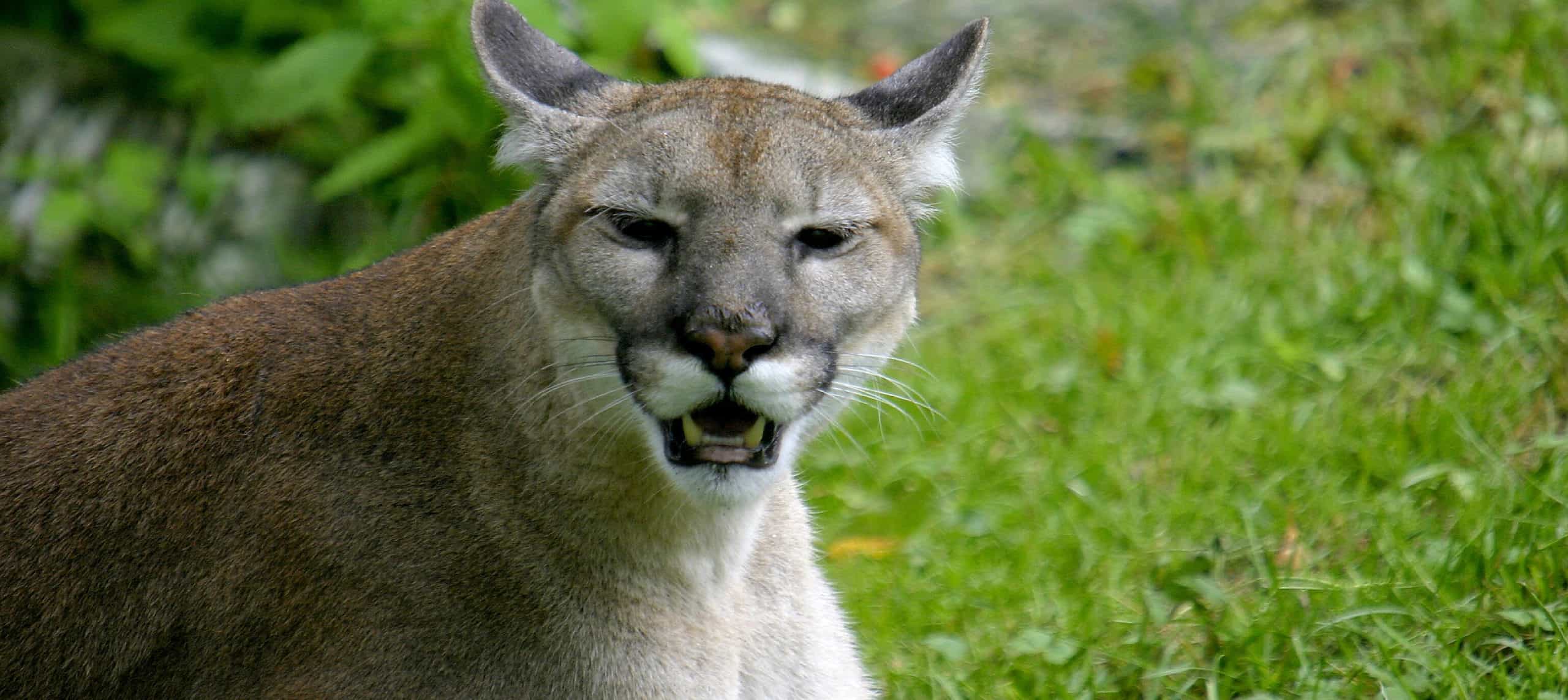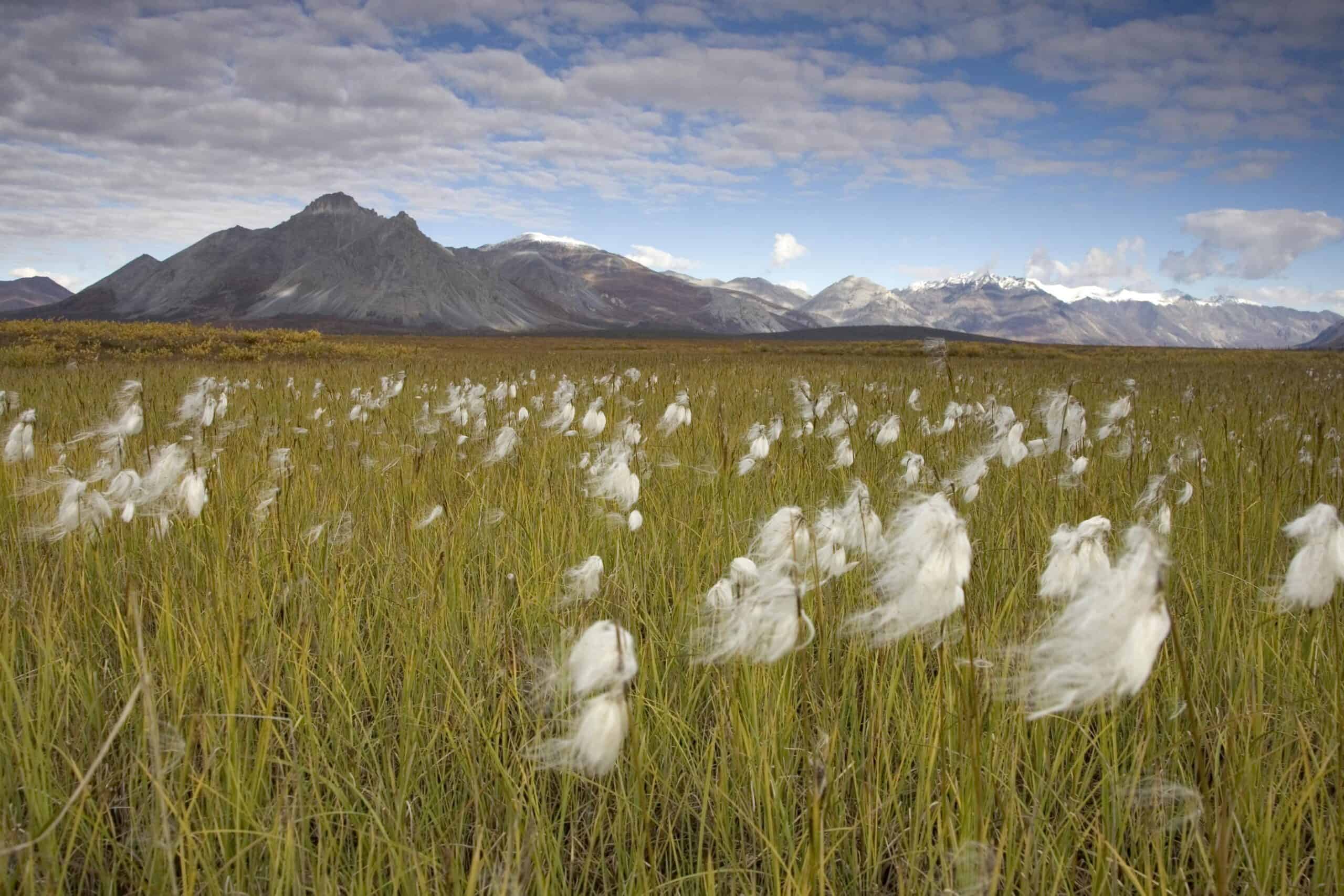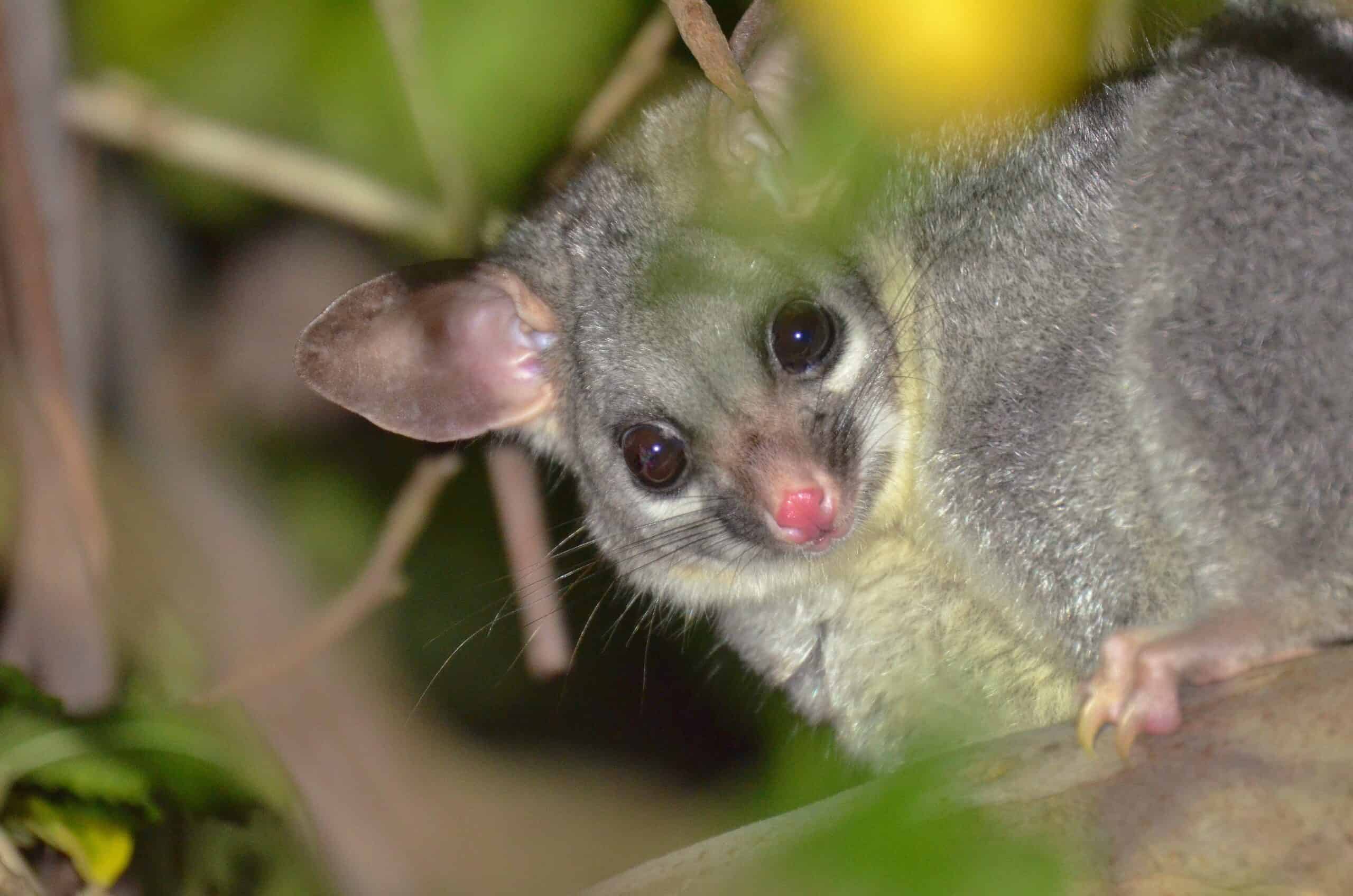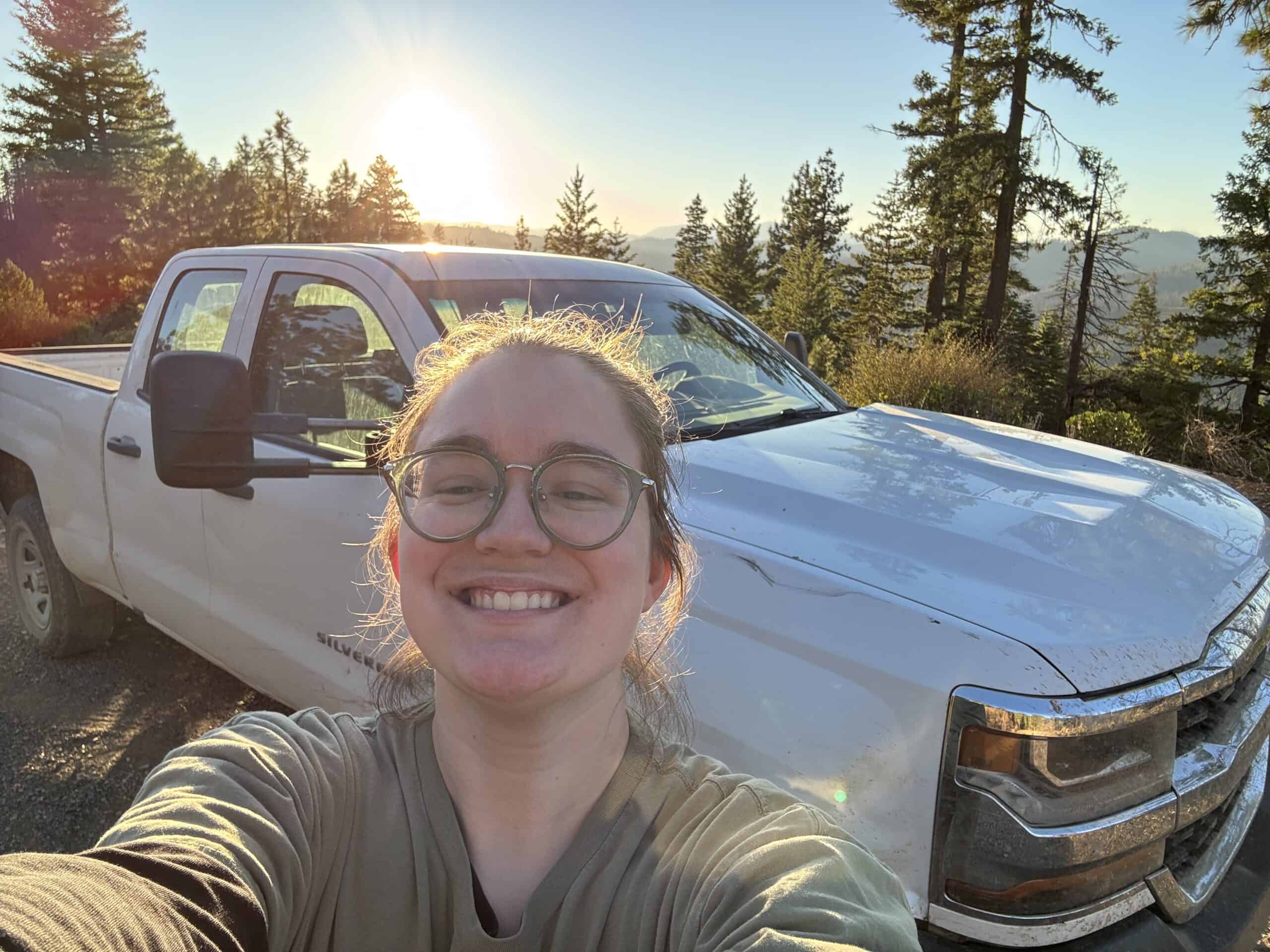Share this article
To protect endangered species, public lands aren’t enough
Even if all state and federal public lands in the United States were protected to benefit endangered species, more than half the country’s endangered species would still be in danger of extinction, researchers found.
“Obviously, public lands in the U.S. are very important, because they are expected to do so much — between economic activity, recreational activity and conservation,” said John P. Draper, a PhD candidate at Utah State University. “We wanted to look at how they were doing conservation-wise.”
Draper co-led a study published in Scientific Reports using computer modeling to determine the ability of public lands to protect species federally listed as endangered.
Using a map of all state and federal protected public lands in the U.S., the team started out by focusing only on areas managed specifically for wildlife conservation. That didn’t include most Forest Service or Bureau of Land Management lands, for instance, or national monuments protected for other reasons. The researchers compared those lands with maps of endangered species habitat and found that most of the protected lands didn’t have endangered species. Of the 159 endangered mammal, bird, reptile and amphibian species across the continental U.S., only 21 — or 13% — occur within lands set aside for wildlife conservation, they found.
“There is a little bit of a chicken-egg issue,” Draper said. Public lands may be giving many species protections that keep them off the endangered species. But they aren’t doing much for species already on the list, researchers found. A computer model drawing boundaries at random encompassed more endangered species than wildlife conservation areas currently on the ground. “For the most part, we are doing worse than random with our current placement,” Draper said.
Including other public lands, researchers still found areas for endangered species were lacking. Even if all public lands in the country, including working landscapes like military bases and Bureau of Reclamation land, were managed to protect wildlife, only 43% of endangered species would be conserved, the team found. If only Forest Service and Bureau of Land Management lands were upgraded to protect wildlife, just 37% of endangered species would be conserved.
“No matter what we do with public lands, we don’t get to that 100% full coverage for the necessary minimum habitat for conservation,” Draper said.
That means conservationists must turn to private lands, his team concluded. Using the National Land Cover Database to identify areas in a relatively natural state, team members found they could identify landscapes for all endangered species. To make the most of these lands, Draper and his team urge scientists to identify crucial habitats on private lands and encourage landowners to put in place conservation easements that provide economic benefits to them while protecting wildlife.
Public lands are “a key piece of the puzzle,” Draper said, “but they need some help. We need private partners as well as existing public lands. We can’t get rid of either and achieve endangered species conservation.”
Header Image: A Florida panther appears (Puma concolor coryi) in Everglades National Park, but it benefits from conservation efforts on both public and private lands. Credit: Everglades National Park








